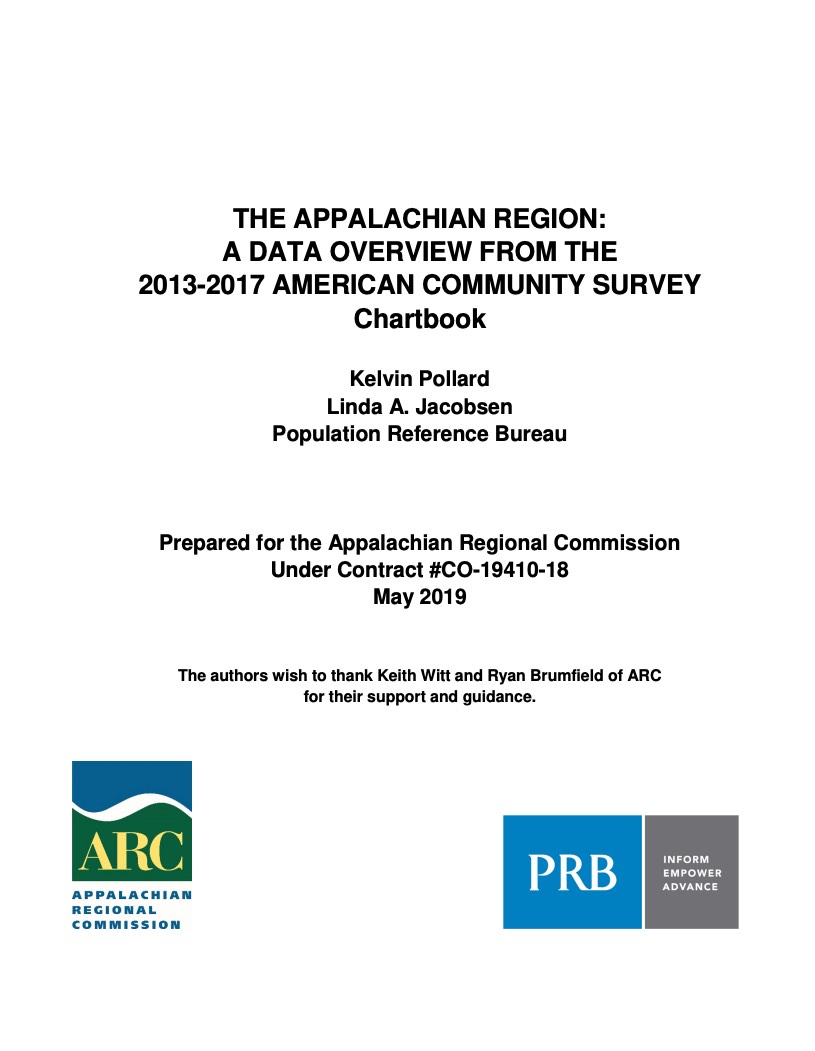U.S. Food Stamp Enrollment Rises
(2009) Timely economic data provide the means to assess the severity of the current economic hardship on the U.S. population. Official poverty estimates released on Sept. 10, 2009, by the U.S. Census Bureau show that in 2008, the poverty rate rose to 13.2 percent, and child poverty increased from 18 percent in 2007 to 19 percent, the highest level since 1997.



